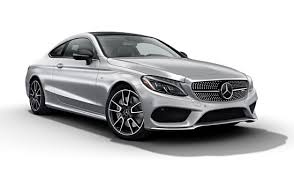
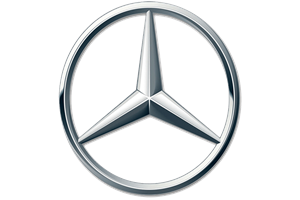

This edition of the Mercedes CLK 55 AMG Cabriolet is the 5 speed / Auto version and was first brought out in 2003. This was at around the same time as the introduction of the 2004 Westfield Sport 2000S and the 2004 Mitsubishi Lancer Evo VIII MR FQ 400.This particular Mercedes CLK has a 5439cc Naturally Aspirated Petrol powerplant with 8 cylinders in a V formation.
The CLK shares its Petrol V8 engine configuration with the likes of the 2023 Dodge Challenger SRT Demon 170 and the 2023 Ferrari SF 90 XX Spider 4.0 V8 Turbo. If you're looking for other fast cars which share the CLK's Rear Wheel Drive, Cabriolet combination then how about the 1982 Fiat X1/9 1.5 8V or the 1965 Aston-Martin DB6 1965.
Weighing in at 1820 kgs (4012 lbs) this makes the Mercedes CLK 55 AMG Cabriolet in the same weight category as the 2023 Aston-Martin DBS 770 Ultimate 5.2 V12 Twin Turbo or the give or take 50kg.
![Chevrolet Corvette E-Ray 6.2 V8 Petrol Hybrid C8 - [2024] image Chevrolet Corvette E-Ray 6.2 V8 Petrol Hybrid C8 - [2024] image](/editionimages/2391.jpg)
The Mercedes CLK shares the same bhp with the 2024 Chevrolet Corvette E-Ray 6.2 V8 Petrol Hybrid C8 (369 bhp)
In terms of power the 5439cc 24V V8 engine produces 362 bhp (269 kW) @ 5750 rpm similar to the 2024 Chevrolet Corvette E-Ray 6.2 V8 Petrol Hybrid C8 (369 bhp) or the 2024 Mazda CX-90 S 3.3 Turbo (340 bhp).
The Naturally Aspirated V8 throws out 376 lb-ft (509.7 Nm) @ 4000 rpm placing it with cars of similar torque performance figures such as the 2024 Mazda CX-90 S 3.3 Turbo (369 lb-ft) or the 2023 Porsche Cayenne Coupe 3.0 V6 Turbo (369 lb-ft).
If one combines the weight with power or torque performance for the Mercedes CLK you can get a better idea of it's real world performance.
![Mercedes CLA 45 AMG 2.0 Turbo - [2013] image Mercedes CLA 45 AMG 2.0 Turbo - [2013] image](/editionimages/1365.jpg)
The 2013 Mercedes CLA 45 AMG 2.0 Turbo (223.9 bhp per ton) has similar Bhp Per Ton stats as the Mercedes CLK.
The Mercedes CLK has a Power to weight ratio of 198.9 bhp per ton and 206.5 lb-ft per ton. Bhp Per Ton figures of the 2003 CLK competing with the 2013 Mercedes CLA 45 AMG 2.0 Turbo (223.9 bhp per ton) or the 1969 Dodge Charger 7.0L Daytona Hemi (223.6 bhp per ton).
If you agree with the late great Carroll Shelby then arguably an even better indicator of potential performance, Torque. Use weight as well and you end up with - Torque per ton, with the Mercedes CLK generating around 206.5 lb-ft per ton. If you're curious as to what other cars have as much torque to weight then look no further than the 2001 Pontiac Firebird Formula W96 Ram Air (231.0 lb-ft per ton) or the 2010 Ford Focus RS500 (230.9 lb-ft per ton).
With a 0-60mph time of 5.30 secs or a 0-100km/h (0-62mph) of 5.5 secs, this made the Mercedes CLK 55 AMG Cabriolet as fast as the 2019 Renault Megane RS 1.8 Turbo 300 Trophy-R (5.30 secs) the 2019 Tesla Model 3 Standard Range Plus (5.30 secs) the 2017 Land-Rover Velar 3.0 V6 Supercharged 360 (5.30 secs) the or the 2017 Mercedes G Class 63 AMG (5.30 secs). This Mercedes CLK 55 AMG Cabriolet is also faster than the 2023 Porsche Cayenne Coupe 3.0 V6 Turbo (5.40 secs) the 2023 Porsche Cayenne 3.0 V6 Turbo (5.40 secs) the 2019 Volkswagen-VW Golf GTi TCR 2.0 Turbo (5.40 secs) the and the 2019 Jaguar F Type 2.0 Turbo Cabriolet (5.40 secs).
When talking about the performance of the Mercedes CLK on the drag strip it can reach a quarter mile in an estimated 14.13 secs @ 96.8 mph. Similar performance down the quarter mile can be found with the the 2005 Volkswagen-VW Phaeton 6.0 W12 (14.06 secs), the 2014 Abarth 695 Biposto 1.4 Turbo (14.06 secs), and the 2019 Ford Focus ST 2.3 EcoBoost (14.06 secs).
Modern performance cars are often artificially restricted to 155mph. The 2003 version of the Mercedes CLK 55 AMG Cabriolet has a maximum speed of 155mph.
If maxing out your car on the AutoBahn is your thing and you're wondering what's faster than the 2003 Mercedes CLK 55 AMG Cabriolet then how about the 2024 Ford Mustang Dark Horse 5.0 V8 (166 mph), the 2022 Ford Mustang GT 5.0 V8 (166 mph), or the 2021 Ford Mustang Mach 1 5.0 V8 (166 mph).



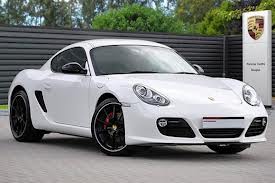



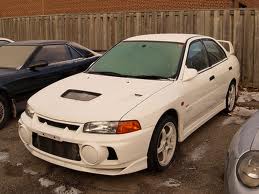
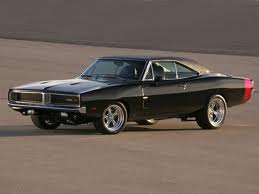

BMW X6 M 4.4 V8 Turbo F86
Engine: Turbo Petrol | 4395cc 32v V8
Top Speed: 155 mph
0-60mph: 4.00 seconds

Audi TT 2.0 TDi Coupe Quattro
Engine: Turbo Petrol | 1968cc 16v St4
Top Speed: 225.3 kph
0-100kph: 7.4 seconds



















